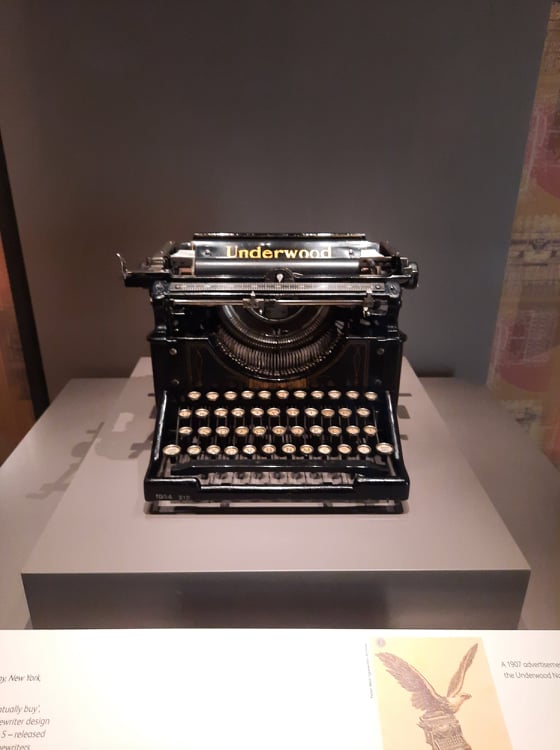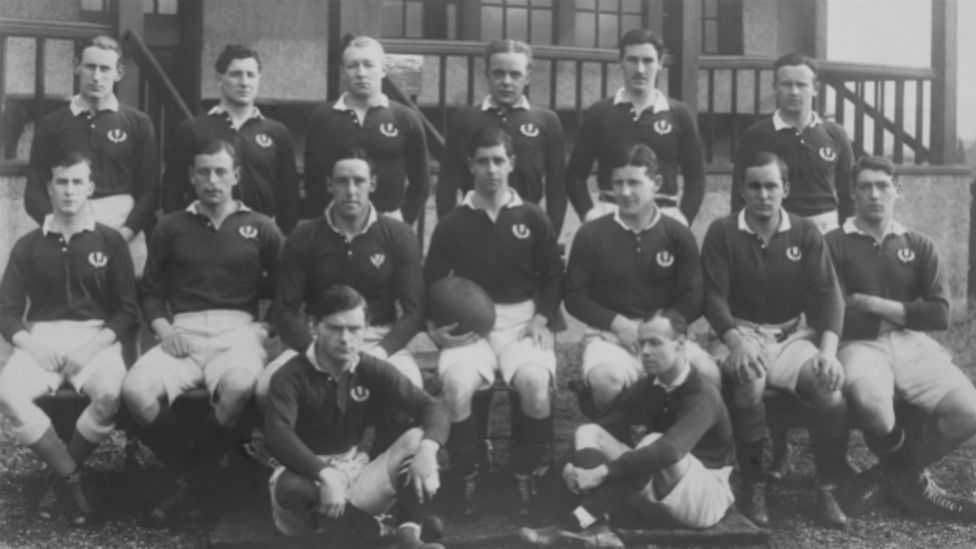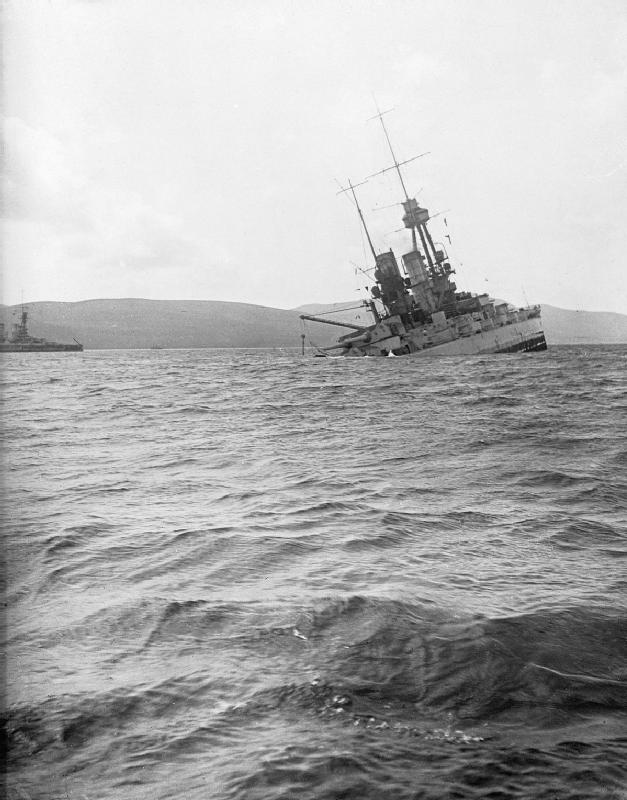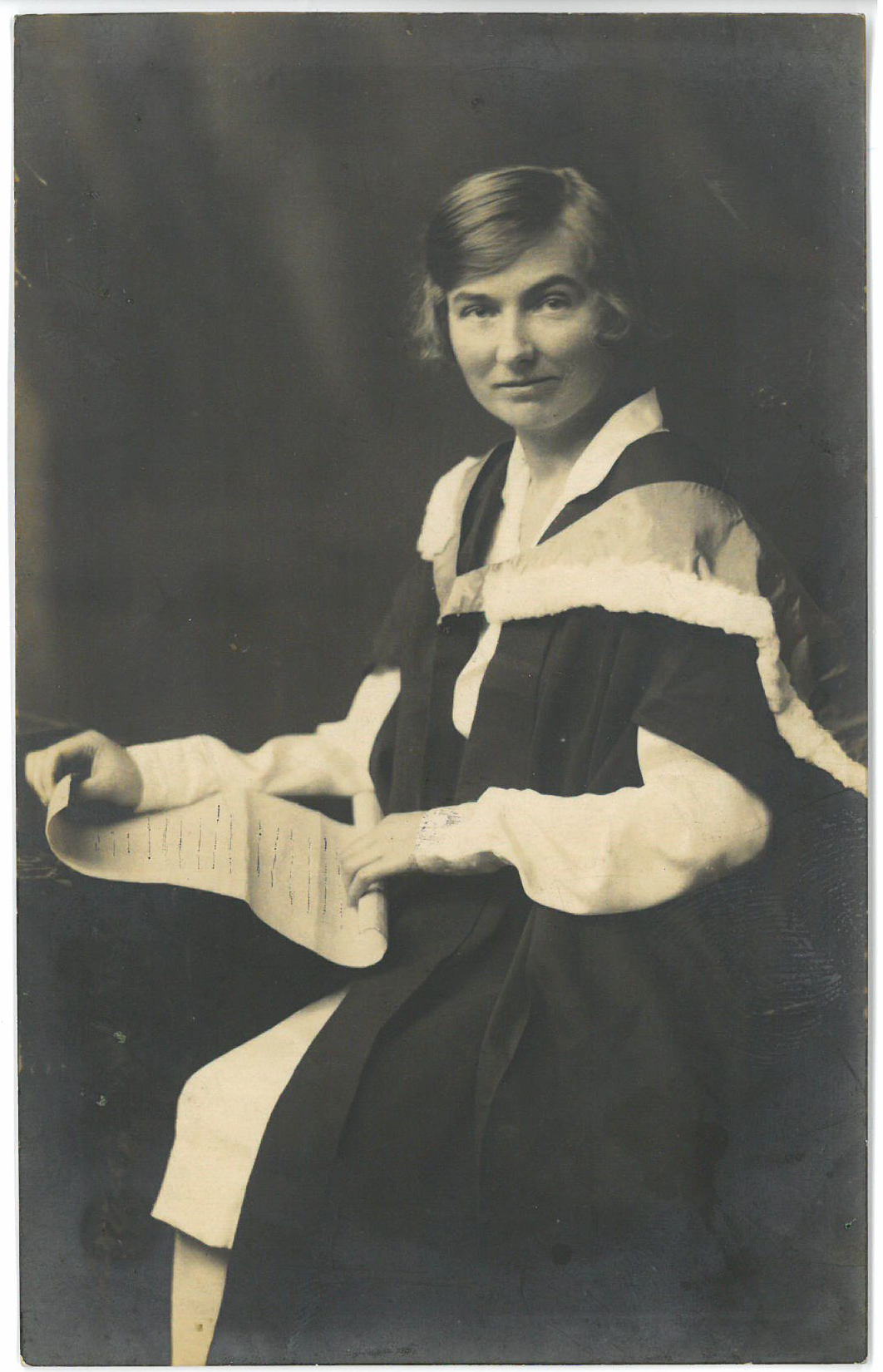
Today is the hundredth anniversary of the start of the Battle of Loos, a battle which left deep scars on Scotland. There are commemorations taking place in various locations across the country this weekend, including Dundee and Inverness, home to some of the regiments which were so brutally affected.
Around 30,000 Scots were involved in the battle, and the losses were absolutely devastating. Loos was an attempt by the Allied forces to gain ground and create movement in attack, but as the troops launched their attack on 25 September it became clear that much of the German barbed wire was still in place, and the enemy machine guns and artillery were ready and waiting. A failure to provide reinforcements and relief to the first wave of attack contributed to the horror that unfolded. Loos was also the first time that the British army used poison gas.
My great-uncle, Alexander Morrison (Sandy), was killed at Loos on 25 September, one hundred years ago today.

Sandy Morrison as school captain
Sandy was the third of seven brothers, born to Hebridean parents living near Oban. The family moved to Edinburgh for the sake of the education of the boys, sending them to George Watson’s College. By all accounts, Sandy was outstanding. This could simply be family legend, the natural result of grief over his death, but it seems to be borne out elsewhere.

The Morrison family: Sandy is standing on the far right.
I spent the last three years of my schooling at the same school as the Morrison brothers. I remember towards the end of either fifth or sixth year, during that wonderful lazy time we used to have after exams (which today’s students don’t have with the much more efficient but much less enjoyable system of moving on before the summer holidays) I managed to escape some classes and spent the time instead in the library, going through old editions of the school magazine searching for references to the Morrison brothers. (Yes, I’ve been obsessed by all this stuff since back then!) There are some hugely entertaining references to these loud voiced Gaelic speakers keeping everyone else awake on camp, or to one of the brothers playing the bagpipes through Morningside at midnight, and many references to their full involvement in school life. Through it all it’s clear that Sandy was exceptional, and you can find out more about his school career here.
After school Sandy studied agriculture at Edinburgh University, then emigrated to become a farmer in Edmonton, Canada. The records suggest he was already making his way home to Scotland – probably for a visit – when war was declared. He joined up with the Cameron Highlanders, becoming a Captain.
In 2008 I was working on an oral history project, and took the opportunity to record some of my father’s wealth of family stories. This is his account of Sandy’s death at Loos, one hundred years ago today:
On the 24th of September 1914 Shakes [Sandy’s brother, William Shepherd Morrison] was stationed at Loos and he was forward in the trenches because he was spotting the fall of the shells and he met his brother Sandy. Now Sandy according to the family was the brightest of them all and the leading one of the family, and he had become a farmer in Canada but immediately that the First World War broke out he came back to Britain. He joined the Cameron Highlanders and at this stage he was a Captain in the 5th Camerons. The Colonel was Lochiel, Cameron of Lochiel, the chief of the Camerons. And there was to be a big attack on the Germans on the following day, the 25th, and the order was that the officers were not to be armed with their revolvers as was usual, but they were to carry rifles. But Sandy carried neither. He went into battle with an axe. His company was a Gaelic speaking company – this is the 20th century, but this is what happened! The night before then he met Shakes and he told Shakes that he didn’t think he would survive the following day and he didn’t – he was killed in the attack. And they found his body lying beside three dead Germans all with axe wounds on them.
One hundred years on it’s hard to be sure of the truth of this family anecdote. Despite the story, Sandy’s body was never found and buried – like 20,000 others who fell at Loos he has no known grave but is commemorated on the Loos Memorial. But of course, in the carnage and confusion of a battle which lasted for days, someone might well have seen his body and testified to the manner of his death without a burial taking place or being recorded.


There is in fact an echo of the story of the axe in an unexpected place. In War Classics, my book about Christina Keith’s time in France at the close of the First World War, I published some letters written by her brother Barrogill to their mother from the Western Front. Just a few weeks after Loos, Barrogill was repeating a story he’d heard about the actions of someone they knew during the battle:
I heard that AS Pringle – who was north with Keith Fraser – has been badly hit. He was magnificently game. With a battleaxe and a revolver old Toosie got over the trenches. He was hit 4 or 5 times and still fighting when last seen.
So maybe Sandy did go into battle armed with only an axe, and maybe he wasn’t the only one. If so, it’s perhaps little surprise that he didn’t survive the horrors of Loos. His death was a huge loss to the family – decades later my grandfather, a doctor, still kept a photograph of his older brother in his consulting room. In Sandy Morrison we see the loss of someone with enormous potential – a tragedy which is repeated in the lives of every single one of those young men who fell.
In memoriam.
© All content copyright Flora Johnston. You may reblog or share with acknowledgement, but please do not use in any other context without permission.


























 Barrogill was with the army in France:
Barrogill was with the army in France:




